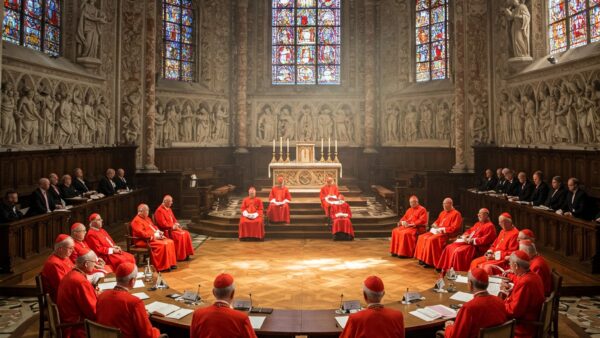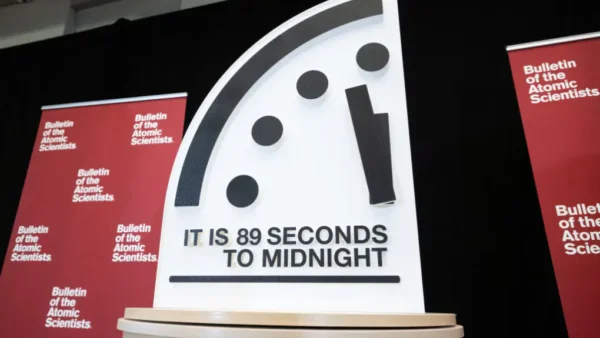Remembering the Devastation of Nagasaki
As August 9th approaches each year, my mind drifts back to that fateful day in 1945. On this somber anniversary, we pause to reflect on the immense suffering endured by the people of Nagasaki. Three days after the atomic bombing of Hiroshima, the city endured an even more powerful blast from the “Fat Man” bomb. In a single flash, lives were lost and an entire landscape was reduced to rubble. The destruction of Nagasaki served as a sobering wake-up call, reminding humanity of the darkness that exists within our own capabilities. By learning from history, we can work to ensure such devastation is never repeated.
“Unleashing the Beast”
I still shudder to think of the chaotic scene after “Fat Man” was deployed. Nicknamed for its round design, this plutonium-powered bomb packed an unbelievable punch. With the force of over 20,000 tons of TNT, its impact wave devastated all within two kilometers. What had been bustling streets and homes were suddenly flats of debris and ash. But the bomb’s reach extended even farther – its radiation exposure would torment survivors for years to come. Witnessing its raw power, the world realized we had truly entered a new and terrifying age.
Total Annihilation
It’s difficult to comprehend the level of ruin inflicted on Nagasaki that day. Before our eyes, an entire city was wiped off the map. Buildings were crushed under the bomb’s pressure wave, and its extreme heat vaporized humans instantly. A massive mushroom cloud rose from the decimated landscape. For those still living amid the rubble and flames, attending to injuries was a monumental task with the city in such disarray. It was hard to believe that just moments ago, lives had been carrying on as normal in what was now a wasteland.
Counting the Cost
While the initial death toll of 40,000 was staggering, Nagasaki’s suffering had only begun. In the following months, many more would succumb to radiation sickness – a slow, painful demise. Future generations also faced increased health problems like cancer. The irreversible harm to so many innocents is a tragedy difficult to fully comprehend. Even now, the legacy of radiation continues to impact lives. On this day, we honor all those who ultimately paid the price for wars beyond their control.
Rebuilding Against All Odds
Despite facing complete ruin, the strength and determination of Nagasaki’s survivors knew no bounds. Reconnecting shattered infrastructure was an immense challenge with scant resources. But piece by piece, essential services were restored and new buildings rose from the rubble. It was a painfully gradual process, but a testament to the indefatigable human spirit in our darkest hours. Their perseverance in rebuilding echoes down the decades as a lesson to us all.
Legacies of Loss and Hope
The bombing’s worldwide shockwaves were immense – intensifying the nuclear arms race and reshaping global power dynamics for decades. Here in Japan, its impact on our national psyche can still be felt today. Through the hibakusha’s steadfast campaigning, Nagasaki helped galvanize global opinion against these weapons of mass destruction. While progress has been made, our work to eliminate such threats is unfinished. On this day of remembrance, we rededicate ourselves to the dream of a peaceful world, free from the specter of annihilation. From tragedy, hope emerges – if we have the courage to learn from the past.

Originally posted 2023-08-09 08:17:22.





There are 3 comments
Comments are closed.